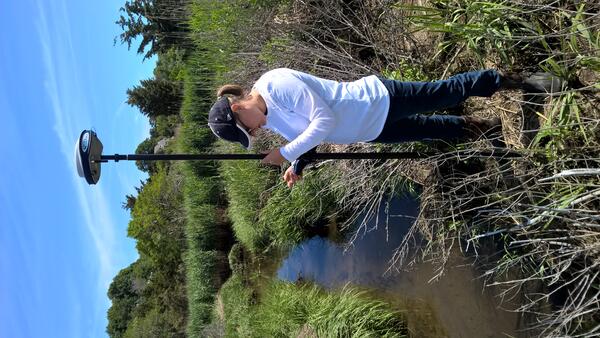Wetlands cover a small portion of the world, but have disproportionate influence on global carbon (C) sequestration, carbon dioxide and methane emissions, and aquatic C fluxes. However, the underlying biogeochemical processes that affect wetland C pools and fluxes are complex and dynamic, making measurements of wetland C challenging. Over decades of research, many observational...
Authors
Sheel Bansal, Irena F. Creed, Brian Tangen, Scott Bridgham, Ankur Desai, Ken Krauss, Scott Neubauer, Gregory Noe, Donald Rosenberry, Carl Trettin, Kimberly Wickland, Scott Allen, Ariane Arias-Ortiz, Anna Armitage, Dennis Baldocchi, Kakoli Banerjee, David Bastviken, Peter Berg, Matthew Bogard, Alex Chow, William Conner, Christopher Craft, Courtney Creamer, Tonya Delsontro, Jamie Duberstein, Meagan Eagle, M. Fennessey, Sarah Finkelstein, Mathias Goeckede, Sabine Grunwald, Meghan Halibisky, Ellen Herbert, Mohammad Jahangir, Olivia Johnson, Miriam Jones, Jeffrey Kelleway, Sarah Knox, Kevin Kroeger, Kevin Kuehn, David Lobb, Amanda Loder, Shizhou Ma, Damien Maher, Gavin McNicol, Jacob Meier, Beth Middleton, Christopher Mills, Purbasha Mistry, Abhijith Mitra, Courtney Mobilian, Amanda Nahlik, Sue Newman, Jessica O’Connell, Patty Oikawa, Max Post van der Burg, Charles Schutte, Chanchung Song, Camille Stagg, Jessica Turner, Rodrigo Vargas, Mark Waldrop, Markus Wallin, Zhaohui Wang, Eric Ward, Debra A. Willard, Stephanie Yarwood, Xiaoyan Zhu












